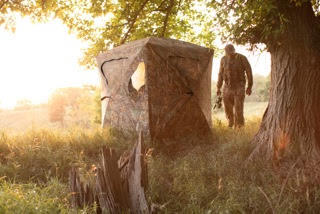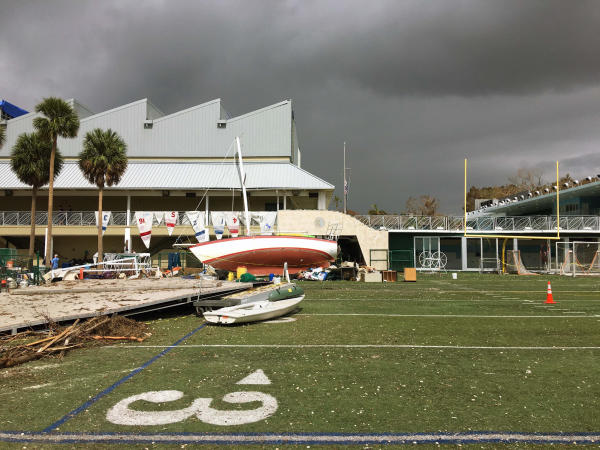Try Trulock Chokes for Predator Hunting
A growing segment of hunters are targeting predators with a different weapon of choice – shotguns. Why? Three reasons. Predators – and their prey, not coincidentally – often move in brushy habitats where lack of visibility prohibits long-range shooting. Secondly, as predators like coyotes have extended their range, they have moved into areas with higher human or livestock populations – areas where for safety reasons hunters may want to avoid long-range rounds.
Third, if your shotgun is properly set up, no weapon within its range is more effective on predators. A big part of that set-up for serious hunters focuses on Trulock Predator Choke Tubes. Trulock has long been an industry leader in designing, building and testing chokes to achieve maximum performance under challenging conditions, and that’s exactly what their Precision Hunter line of Predator Choke tubes do. Read more




